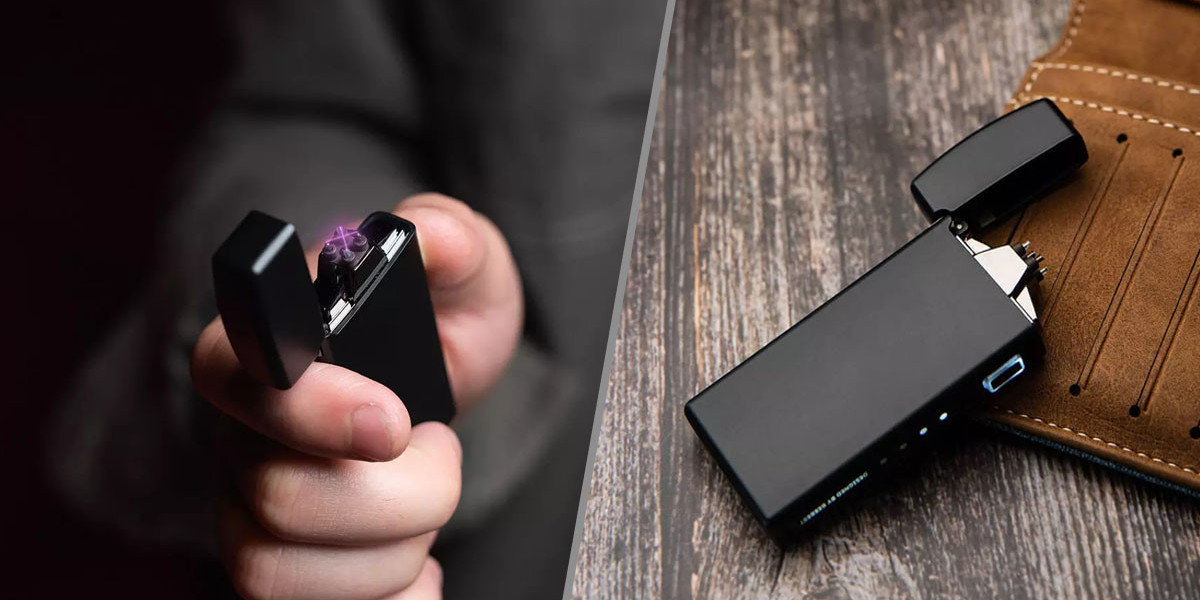Fire represents one of humanity's most fundamental discoveries, a tool that has shaped civilizations and transformed daily existence. For centuries, our methods of creating flames evolved gradually—from friction-based techniques to flint and steel, eventually culminating in the disposable butane lighter that became ubiquitous in the twentieth century. Yet a new chapter in this ancient story is being written not with fuel, but with electricity. The electric lighter represents a paradigm shift in ignition technology, merging innovation with practicality to create a tool perfectly suited for contemporary needs.
Unlike traditional lighters that rely on combustion of butane or other flammable gases, an electric lighter operates on an entirely different principle. At its core lies a rechargeable battery that powers an advanced electrical circuit. When activated, this circuit generates a high-voltage, low-current charge between two electrodes, creating a sustained plasma arc. This brilliant band of concentrated energy reaches temperatures exceeding 2,000 degrees Fahrenheit—nearly double the heat of a conventional lighter flame—without any actual fire being present. This fundamental difference in operation unlocks numerous advantages that position the electric lighter as the logical evolution of personal ignition devices.
One of the most significant benefits emerges in challenging environmental conditions. Traditional flames struggle against wind and moisture, often requiring cupped hands or sheltered spaces to remain lit. The electric arc, being a contained plasma channel, demonstrates remarkable resilience against the elements. It doesn't flicker in strong winds nor sputter in light rain, making it exceptionally reliable for outdoor enthusiasts, campers, and anyone needing dependable ignition in unpredictable weather. This reliability transforms experiences like lighting camp stoves, fireplace kindling, or outdoor candles from frustrating challenges into seamless activities.
The environmental implications of this technology cannot be overstated. Disposable lighters contribute significantly to plastic waste, with millions ending up in landfills annually after their brief useful life. These petroleum-based products represent a linear consumption model that contrasts sharply with the reusable nature of electric lighters. With a simple USB charging capability, an electric lighter can serve for years, potentially preventing hundreds of disposable lighters from entering waste streams. This sustainable approach aligns with growing environmental consciousness and represents a practical step toward reducing personal ecological footprints without sacrificing convenience or functionality.
Beyond practical and environmental advantages, electric lighters offer enhanced purity in application. Conventional lighters can impart subtle chemical flavors to cigars or cigarettes through their combustion process, while also potentially releasing soot onto candle wicks or glass surfaces. The electric arc provides clean, odorless ignition that preserves the authentic experience of whatever is being lit. This characteristic makes them particularly valuable for connoisseurs of premium cigars, aromatic candles, and delicate culinary applications like crème brûlée where foreign flavors would be undesirable. The precision of the plasma arc allows for controlled, targeted ignition without the broad heat spread of an open flame.
Safety considerations present another area where electric lighters demonstrate clear advantages. Conventional lighters can pose risks through accidental ignition, potential leakage of flammable fuel, or exposure to high external temperatures. Electric models typically incorporate multiple safety features including child-lock mechanisms, automatic shut-off timers, and require specific activation sequences that prevent unintended operation. The absence of combustible fuel eliminates risks associated with leakage or explosion when exposed to heat. While any device generating high temperatures requires responsible handling, the inherent design of electric lighters incorporates numerous safeguards absent from traditional models.
The versatility of electric lighters extends beyond their functional advantages into their design possibilities. Liberated from the constraints of fuel chambers and gas valves, designers have reimagined what form a lighter can take. The market now offers models ranging from sleek, pen-like devices that fit discreetly in pockets to elegant desktop versions that serve as conversation pieces. Some feature innovative magnetic docking systems for easy storage and charging, while others incorporate multiple power settings for different applications. This design freedom allows users to select devices that align with their personal style and specific needs, whether they require a robust outdoor tool or a sophisticated desktop accessory.
The technological evolution of electric lighters continues to advance rapidly. Early models faced challenges with battery life and arc consistency, but contemporary versions demonstrate significant improvements in both performance and reliability. Modern lithium-ion batteries provide hundreds of ignitions per charge, while advanced circuitry maintains consistent arc strength throughout the battery's discharge cycle. Some models now incorporate smart charging technology that optimizes battery health over time, ensuring longevity that far exceeds traditional lighters. These technological refinements have transformed electric lighters from novelty items into genuinely practical tools suitable for daily use.
As society continues its transition toward electrification and sustainable technologies, the electric lighter stands as a microcosm of this broader shift. It demonstrates how reimagining even the most established everyday objects through an technological lens can yield improvements in performance, safety, and environmental impact. The silent operation of the electric arc—absent the distinctive clicking sound of traditional lighters—somehow feels appropriate for this modern iteration: a quiet revolution in how we interact with one of humanity's oldest tools.
The adoption of electric lighters reflects a growing preference for innovative solutions that balance technological sophistication with practical utility. They represent not merely a replacement for existing tools, but an elevation of the entire experience of creating fire—making it cleaner, safer, more reliable, and more sustainable. As this technology continues to evolve and become more accessible, it seems poised to become the new standard for personal ignition, gradually transforming how we think about and interact with this fundamental element of human civilization. The electric lighter doesn't just provide flame; it provides a glimpse into how technology can refine even our most basic interactions with the physical world.







